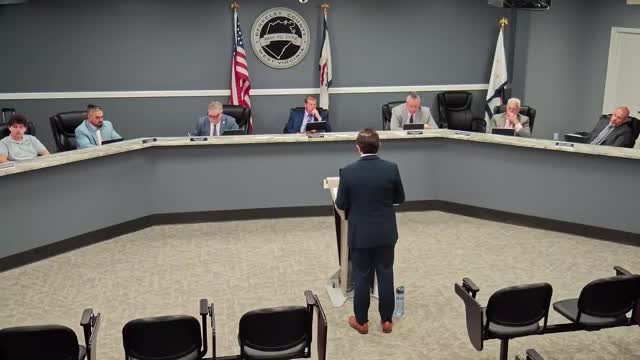
This article was created by AI using a video recording of the meeting. It summarizes the key points discussed, but for full details and context, please refer to the video of the full meeting. Link to Full Meeting
A significant portion of the discussion centered on the complexities of enrollment growth, particularly distinguishing between new students generated by new housing developments and those resulting from existing homes changing occupants. The commission highlighted that while Berkeley County is adding approximately 1,400 new homes annually, the public school system has only seen an increase of about 193 new students each year. This discrepancy raises questions about the actual demand for school facilities and the effectiveness of current projections.
The commission's analysis indicated a need for 55,000 square feet of new elementary school space over the next decade, along with 16 acres of land to support this growth. To address funding for these developments, officials proposed assessing school impact fees based on the number of public school students generated by new residential units. For instance, a single-family home is expected to generate an average of 0.424 public school students, while multifamily units and mobile homes would generate fewer students.
The meeting also touched on the changing landscape of education in the county, particularly the rise of charter schools, which have contributed to a decline in traditional public school enrollment. Over the past five years, enrollment in elementary and middle schools has decreased, while high school enrollment has seen a notable increase. This trend suggests a shift in educational preferences among families, which could further complicate future enrollment projections.
In light of these trends, the commission is considering adjustments to the proposed school impact fees, allowing for flexibility in response to changing demographics and educational needs. The discussion emphasized the importance of ongoing monitoring and recalibration of these fees to ensure they align with actual student generation rates.
Looking ahead, the commission plans to add approximately 5,500 seats across various school levels, with a focus on elementary schools. However, the complexities of funding—particularly for middle schools—were highlighted, as much of the funding for new facilities may need to come from debt rather than impact fees.
In conclusion, the Berkeley County Commission's discussions reflect a proactive approach to addressing the challenges posed by rapid housing growth and its implications for local schools. As the county continues to evolve, officials remain committed to ensuring that educational infrastructure keeps pace with community needs, while also being mindful of the financial implications of such developments. The next steps will involve further analysis of enrollment trends and potential adjustments to impact fees to better serve the community's educational landscape.
Converted from Berkeley County Commission Meeting 5/1/2025 meeting on May 03, 2025
Link to Full Meeting
Comments
View full meeting
This article is based on a recent meeting—watch the full video and explore the complete transcript for deeper insights into the discussion.
View full meeting